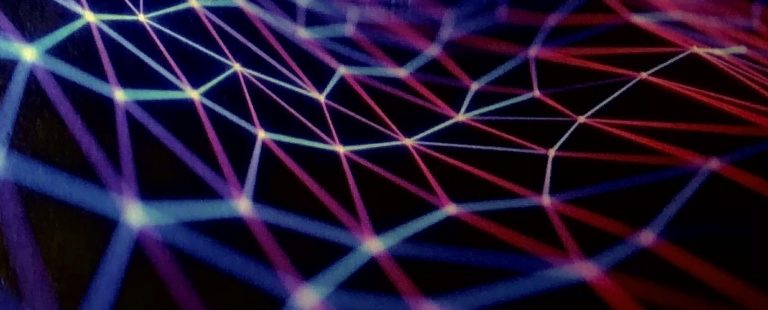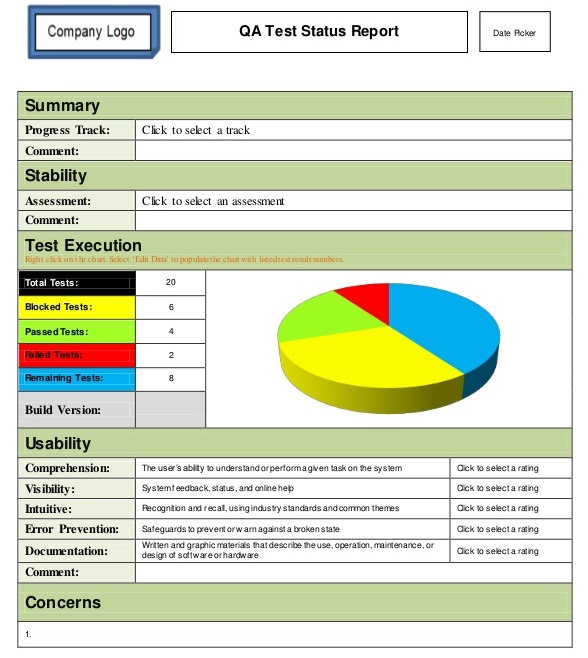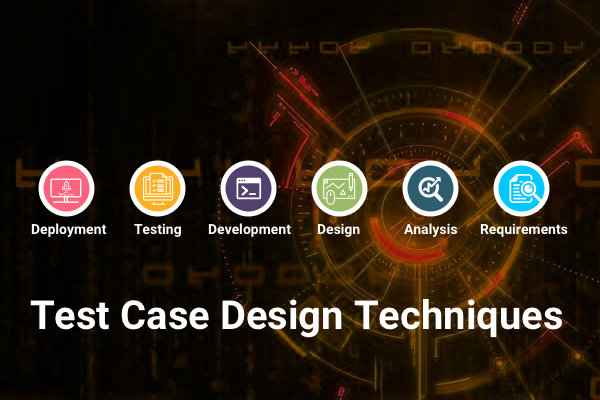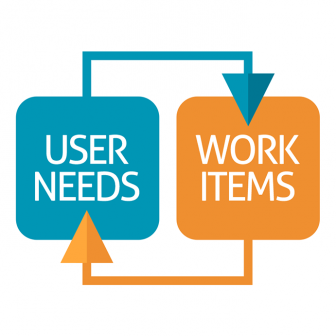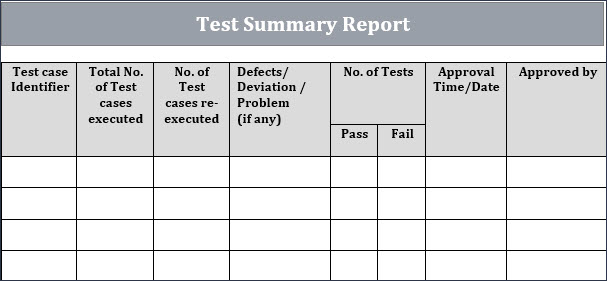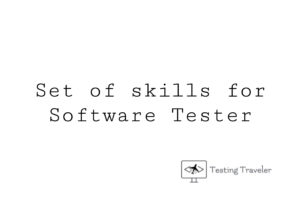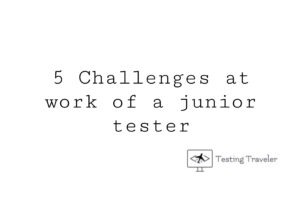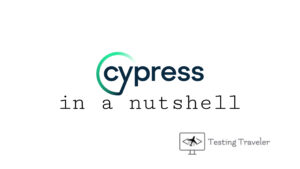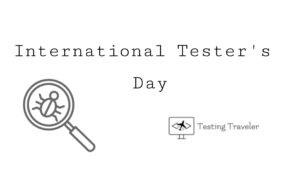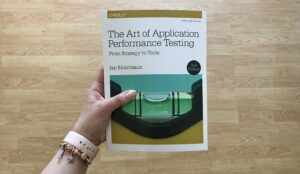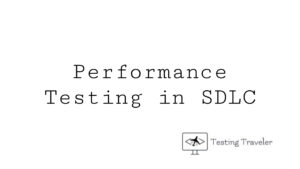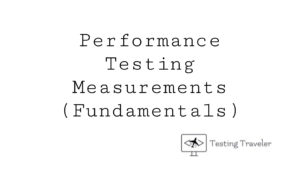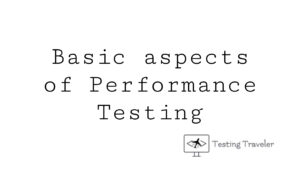In my previous post, I wrote about testing is not only one activity but it’s included in the whole testing process.
Let’s remind ourselves of the list of the test process:
- Test planning
- Test monitoring and control
- Analysis of the tests
- Test design
- Test implementation
- Execution of the tests
- Test completion
It’s time to write something else about that.
1.Test planning
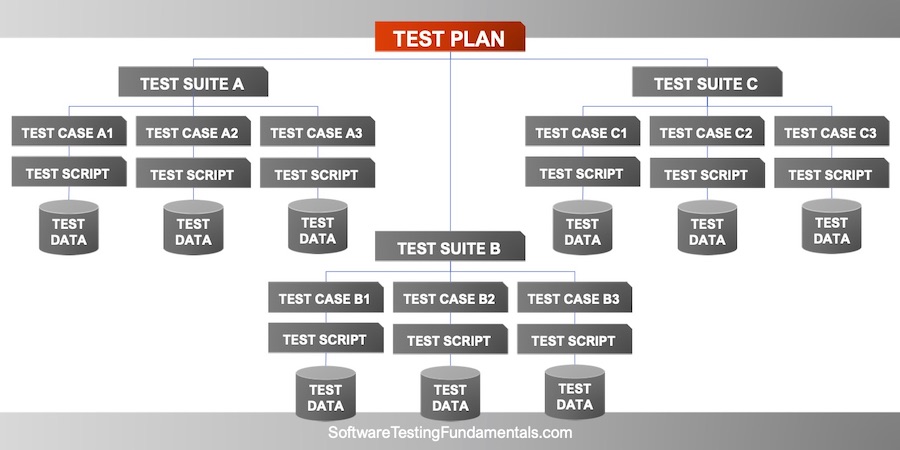
What exactly should be done at this point?
The testing tasks should be exactly planned.
We should specify the testing techniques and tasks, formulate the test schedule and deadline.
The test work product of this point is the test plan, which includes the above information.
2. Test monitoring and control
When we wrote our test plan already, we can go to the next point, which is the test monitoring and control. As the name shows, we need to check test results and logs (if it fulfills the specific coverage criteria), access the quality level of the tested system, and determine if more testing is needed.
The test work product in this activity is the various types of reports such as test progress report.
3. Test analysis
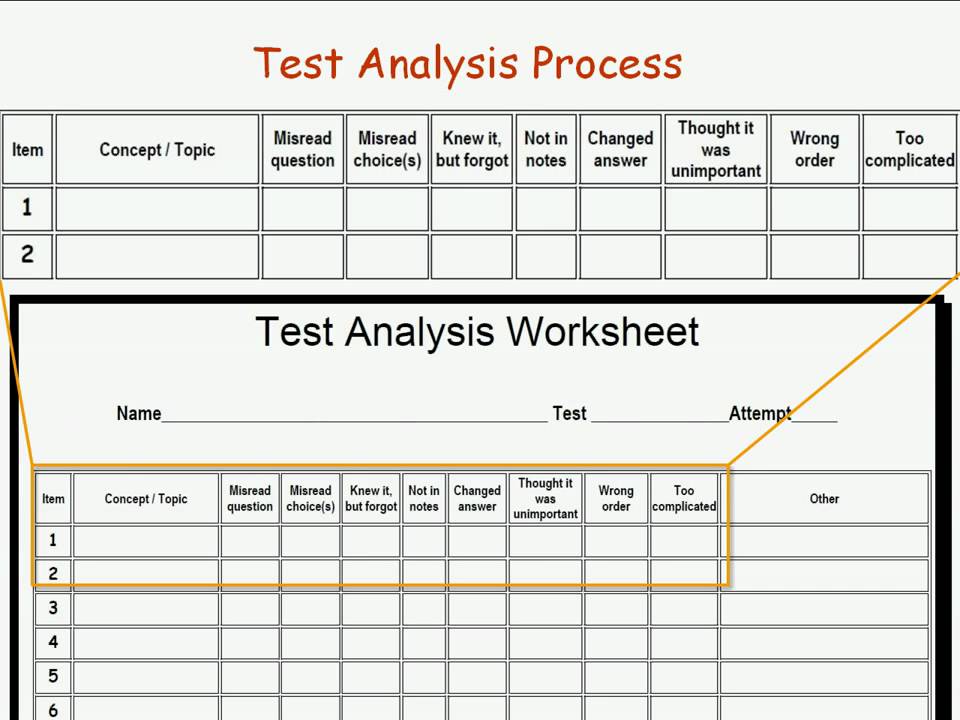
At this point, we need to answer the question: “what to test?”.
We must analyze the test basis, e.g., requirement specifications, design and implementation information, risk analysis report, etc. In addition, we gotta check to identify the features and sets of tested software, define and prioritize test conditions, etc.
At this level, we can apply the test techniques, like black-box, white-box, experience-based test techniques.
The test work products on this level are test conditions and defect reports. For exploratory testing can be the creation of test charters.
4. Test design
Well, we’ve planned the tests, monitored and controlled them, and wrote the test progress reports. We’ve analyzed the test basis too.
So what now?
Now we need to answer the question: “how to test?”.
That means, we need to design and prioritize the test cases, identify the necessary test data, design the test environment, and create the bi-directional traceability between the test basis, test conditions, and test cases.
The test work products are identification and design test data, and design of the test environment.
5. Test implementation
When we’ve designed our test cases, test data, test environment, and bi-directional traceability, we can wonder at the moment about the answer to the question: “do we now have everything in place to run the tests?”.
If the answer is “Yes”, we can start to develop and prioritize test procedures, and, potentially, create the automated test scripts. Moreover, we ought to create test suites from the test procedures, arrange the test suites within a test execution schedule, build the test environment, prepare the test data, and ensure it is properly loaded in the test environment. We should also verify and update the bi-directional traceability.
The test work products of test implementation are test procedures, test suites, and a test execution schedule.
6. Test execution
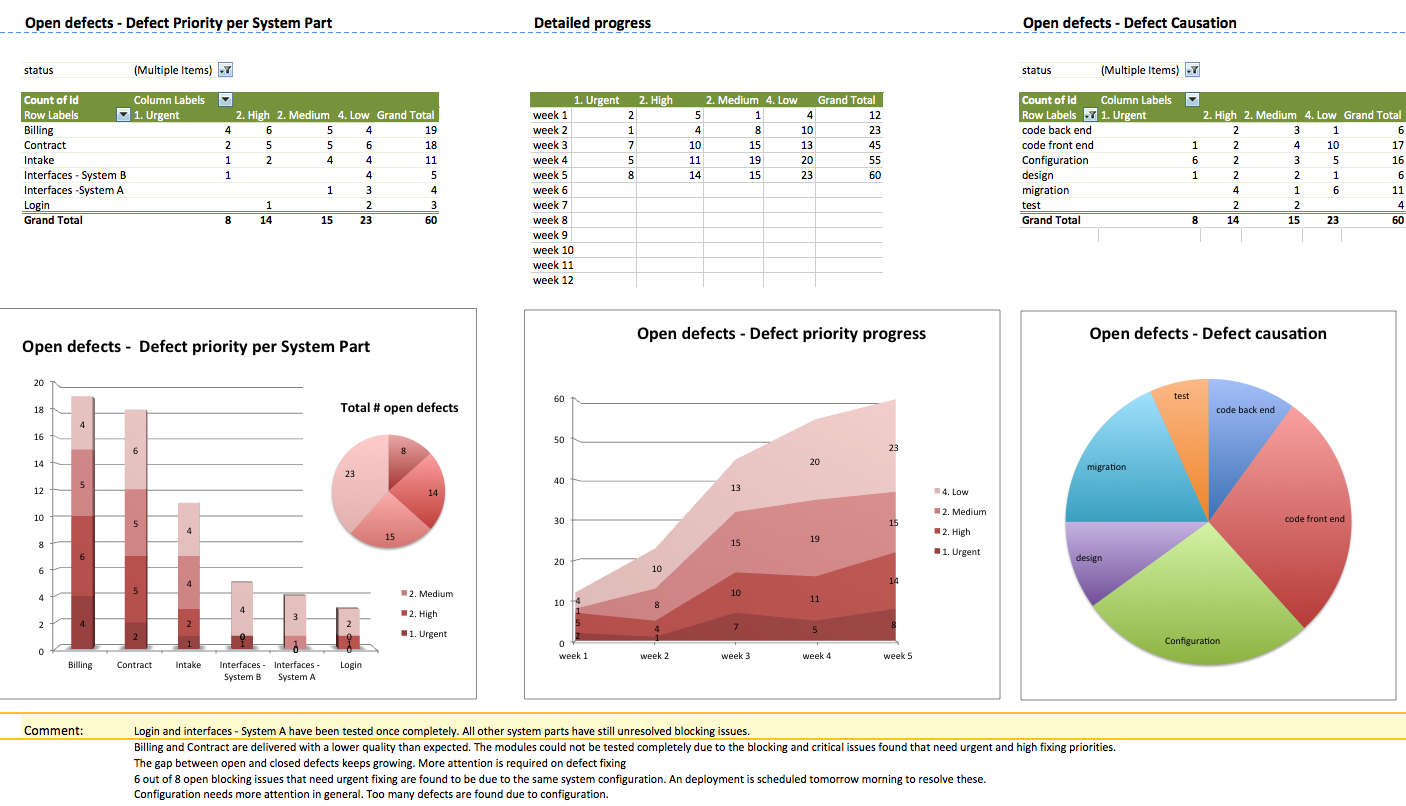
It’s time for the main activity, which is text execution. During this time we record the IDs and versions of the test items or objects, test tools, and testware, execute tests either manually or by using the tools.
Furthermore, we must compare the actual results with expected, analyze the anomalies to establish their likely causes, report defects based on the observed failures. Then, log the outcome of test execution, repeat the test activities, and verify and update bi-directional traceability.
The test work products, in that case, are documentation of the status of the test cases or test procedures, defect reports, and documentation, in which test items, objects, tools, and testware are involved in the testing.
7. Test completion
Ok, we’ve done a lot, we’ve executed the tests, got the results, so, we can check if all defect reports are closed, create a test summary report to be communicated to stakeholders, finalize and archive the test environment, data, infrastructure, and other testware for later reuse. What’s more, we should head over the testware to the maintenance teams, etc. After that, we can analyze the lessons learned from the completed test activities to determine changes needed for future iterations, releases, and projects. And, what is most important, use the information gained to improve the test process maturity.
The test work products of the test completion are summary reports, change requests, or product backlog items, and finalized testware.
As we can see, the test process is a complicated process, which includes a lot of testing activities and tasks.
I hope, you enjoyed the reading
The next post will be soon 🙂
The content of this post was based on ISTQB FL Syllabus (v. 2018).
Graphics with hyperlinks used in this post have a different source, the full URL included in hyperlinks.
